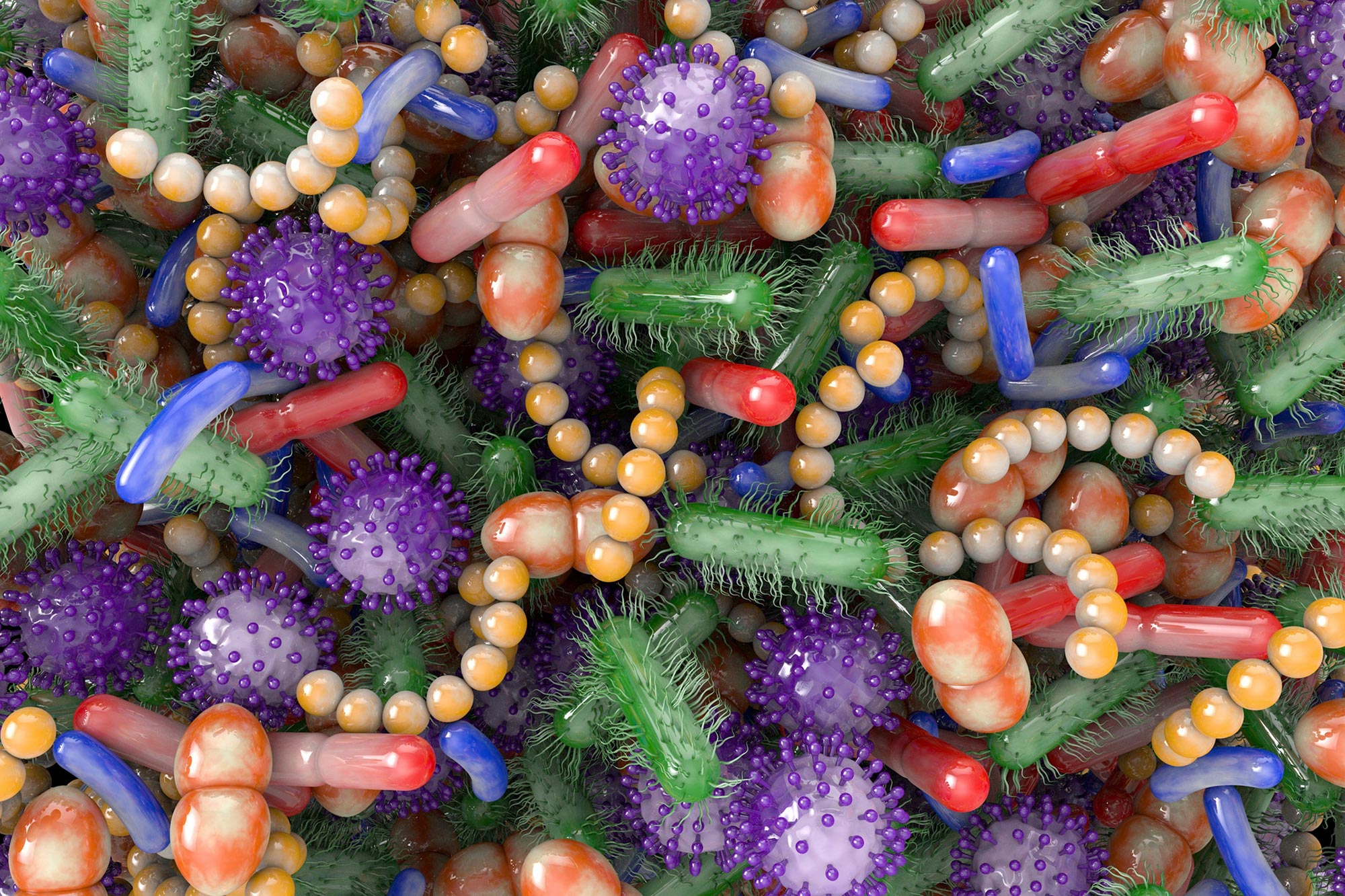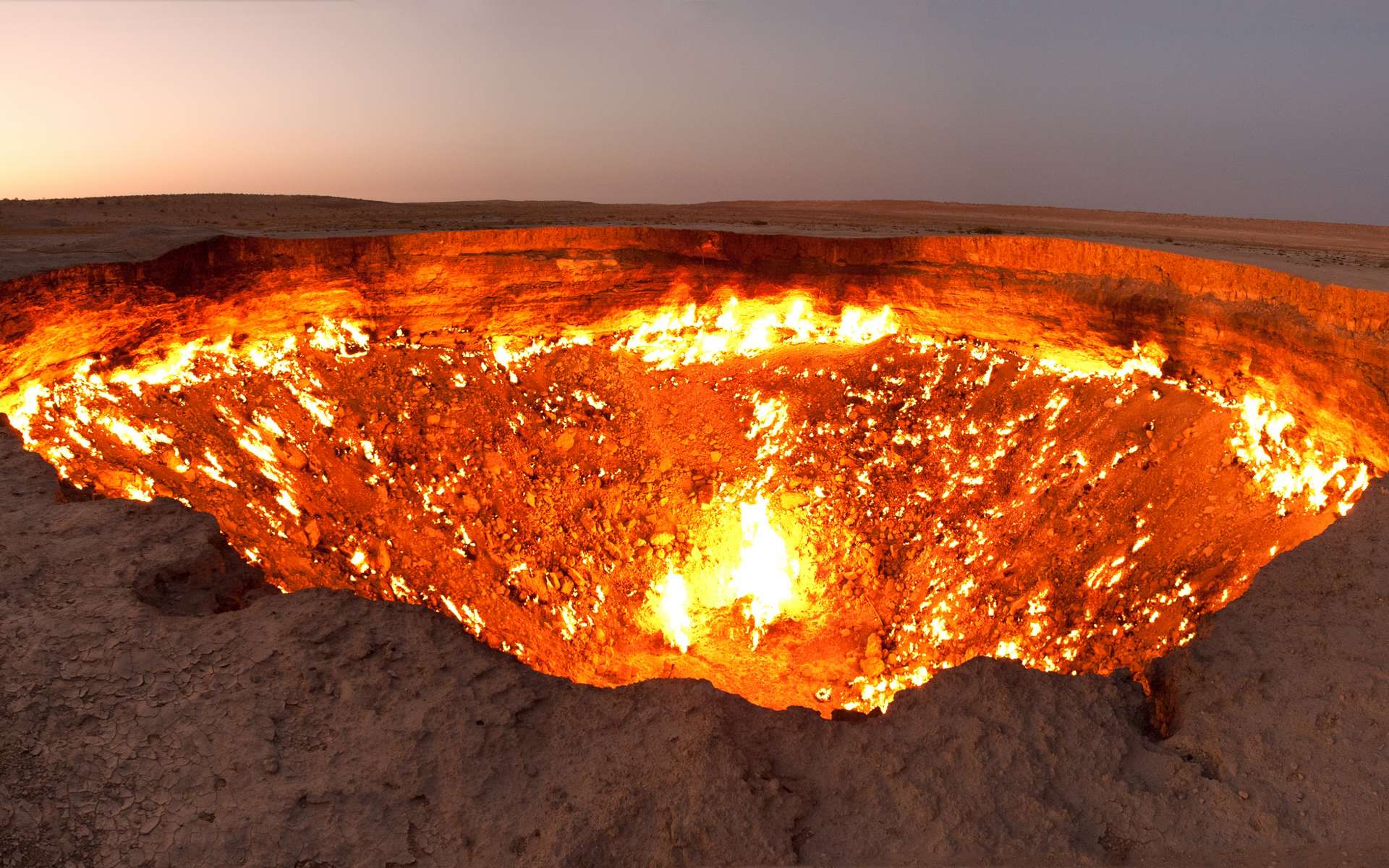As people age, more patients are developing heart failure. A study from Nagoya University found that an enzyme called PKN is linked to heart fibrosis, which is the buildup of excess tissue in the heart. This buildup makes the heart stiffer and less effective.
Removing PKN in tests improved heart function, suggesting that blocking this enzyme could help prevent heart failure.
Researchers at Nagoya University found that the enzyme PKN plays a crucial role in activating heart fibroblasts, which leads to fibrosis. They studied mice without the PKN1 and PKN2 enzymes.
Their findings were genuinely inspiring. Mice without the PKN1 and PKN2 enzymes had less tissue buildup (actin and collagen) and did not develop myofibroblasts, which cause fibrosis. This suggests that blocking PKN1 and PKN2 could be a promising avenue in preventing fibrosis in heart failure.
Although the study was conducted in mice, the presence of PKN in human heart cells suggests that similar results could be expected in humans. Given the link between many heart diseases and fibrosis, these findings could significantly enhance our understanding and treatment of heart failure.
While there are currently no treatments targeting PKN, the researchers hope to develop PKN inhibitors as a new treatment option, which is a beacon of hope in the field of heart health.
The study concluded that researchers have discovered that the enzyme protein kinase N (PKN) plays a crucial role in heart fibrosis, contributing to heart failure.
Blocking PKN could reduce harmful tissue buildup in the heart, offering a new way to treat or prevent heart failure. This finding could lead to new treatments targeting PKN to protect heart health.
Journal reference :
- Yoshida, S., Yoshida, T., Inukai, K. et al. Protein kinase N promotes cardiac fibrosis in heart failure by fibroblast-to-myofibroblast conversion. Nature Communications. DOI: 10.1038/s41467-024-52068-0.
Note: This article have been indexed to our site. We do not claim legitimacy, ownership or copyright of any of the content above. To see the article at original source Click Here













